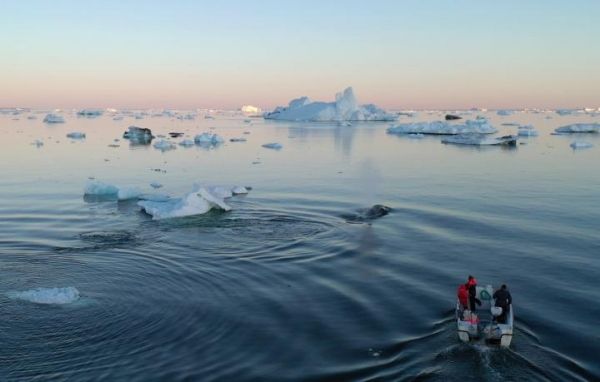Climate changes prompt many important questions. Not least how it affects animals and plants: Do they adapts, gradually migrate to different areas or become extinct? And what is the role played by human activities? This applies not least to Greenland and the rest of the Artic, which are expected to see the greatest effects of climate changes.
’We know surprisingly little about marine species and ecosystems in the Arctic, as it is often costly and difficult to do fieldwork and monitor the biodiversity in this area’, says Associate Professor of marine mammals and instigator of the study Morten Tange Olsen from the GLOBE Institute at the Faculty of Health and Medical Sciences, University of Copenhagen.
To address these questions, researchers from the University of Copenhagen, Aarhus University and the Greenland Institute of Natural Resources collected water samples in West Greenland with the help of local hunters and fishermen. Their method is simple: Go out to sea in a small boat and collect water in bottles. The content, however, is far more complex. The bottles with seawater contain so-called environmental DNA, which can provide insight into how climate changes and human activities impact the biodiversity. The researchers have chosen to focus on the bowhead whale, which constitutes a key species in the Arctic ecosystem and therefore is a good indicator of changes in water temperatures and sea ice cover.
Read more at: University of Copenhagen
Disco Bay, Greenland (Photo Credit: Morten Tange Olsen)


